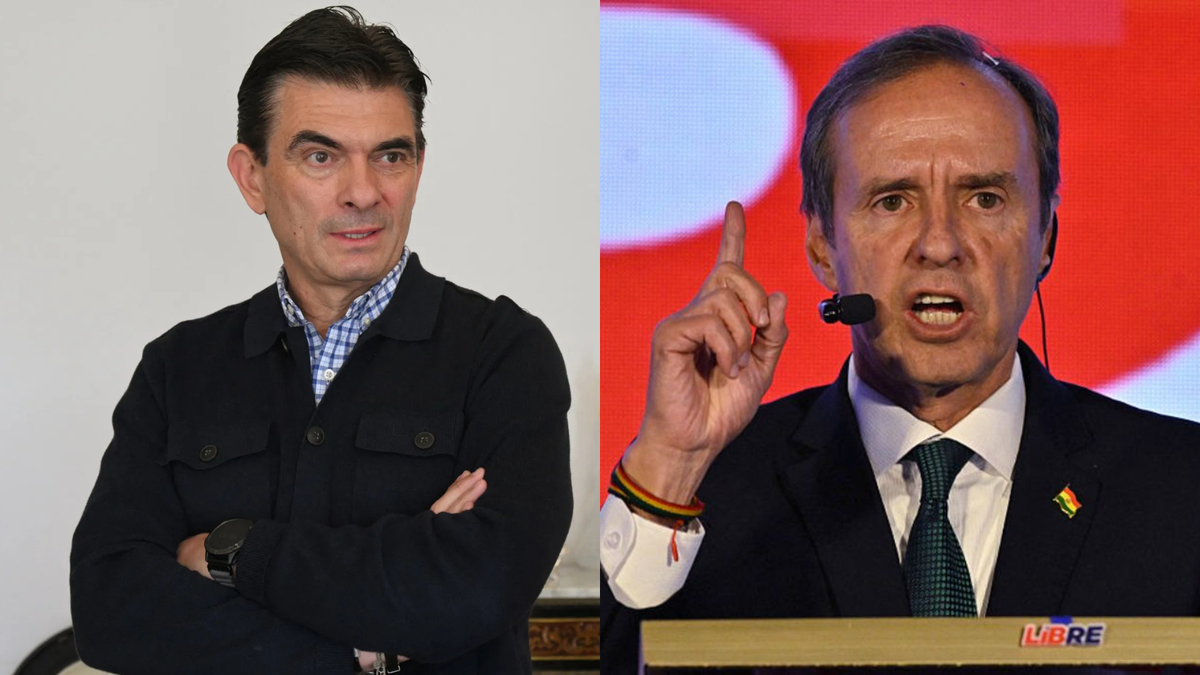As anticipated scopehe Central Bank (BCRA) advanced another step in its inflation control strategy and the exchange rate, announcing another reduction in the reference interest rate, as expected in recent days.
This measure is produced in a context in which a decline in the adjustment rate applied to the official exchange rate was anticipated, and finally confirms: The BCRA directory decided to reduce the annual nominal rate (TNA) from 32% to 29%, which is equivalent to 2.42% monthly. In addition, in a parallel movement, the rate charged to banks for short -term liquidity loans (active passes) also suffered a cut, from 36% to 33% annual nominal.
This adjustment in the fees enters into force this Friday, and according to the official statement of the entity chaired by Santiago Bausili, it is justified in the consolidation of the expectations of a decrease in inflation. In this way, the monetary authority seeks to continue COn its monetary flexibility policy, adopted with the intention of aligning monetary policy with the aim of slowing inflation and stabilizing the economy in the medium term.
“Crawling Peg” at 1% since February
The decision also takes into account the future reduction of the weight devaluation rhythm (‘Crawling Peg’), which will begin to be applied from next Monday, which will go from the current monthly to 1%, which further reinforces the approach oriented to the disinflation.
With this measure, that market analysts already foresaw, the monetary policy rate accumulates a significant fall since the beginning of the management of Javier Milei. By taking as reference the annual nominal 133% that was at the end of the administration of Alberto Fernández, this decrease of 104 percentage points reflects the government’s commitment to a drastic reduction of rates to stimulate economic activity, in addition to allowing greater Competitiveness of weight against other assets and currencies.
This series of adjustments is seen as part of a strategy designed to attract investments both in pesos and in foreign currency assets, as it would guarantee a exchange stability panorama that favors the placements in pesos.
The impact of this decline will be immediate on the financial market. The interest rates that banks offer for fixed -term deposits in pesos, which are already below 30% per year on average, will follow a downward trajectory. This is because the monetary policy rate is applied to fiscal liquidity letters (Lefis), the instruments in which entities reinvote idle liquidity. It should be remembered that, in previous years, these entities used to place their surpluses in LAs well known Lebac or Leliq, and that, currently, the National Treasury is the one who remunerates this type of placements.
Although the reduction of rates implies a challenge for savers looking Monetary policy.
Long life to “Carry Trade”?
With this new reduction, the rate remains at a level that is expected is slightly higher than projected inflation, which continues to make bets in pesos through the “carry trace” mechanism. This type of strategy allows investors to bet on the stability of the weight, with the hope of obtaining yields that exceed those obtained by the dollar.
However, despite the decrease, The potential gain of investments in pesos remains considerably lower than in previous periods. According to estimates of the Consultant 1816with the new cut, the monthly return in official dollars is reduced to 1.42%, a percentage still attractive, but less than 1.7% that would have been recorded if adjustments had not been made in interest rates in the last months.
The reduction of interest rates is also a reflection of the imminent deceleration of the “crawling peg” rhythm. This gradual adjustment mechanism of weight contribution will be reduced from Monday to 1% monthly, from the current 2%, due to the expectations of an inflationary low that accompanies the decrease in rates. A renowned City analyst stressed that, with this decline, the annual effective rate in official dollars will be 18%, which will make investments in pesos continue to be relatively more profitable than those made in dollars.
The exchange climate, which has shown a relative calm, together with the decrease in rates and the adjustment of the “crawling PEG”, are combined in a favorable context for those who seek investment opportunities in the local market. According to economist Gustavo Ber, this strategy contributes to a virtuous circle that remains beneficial for peso placements, favoring stability and ensuring that, despite the decrease in rates, assets in pesos continue to offer attractive yields compared to comparison Other coins.
CENTRAL BANK ARGENTINA BCRA
The adjustment in the rates follows the trend of expansive policies that seek to reactivate the economy, but with a cautious approach to avoid inflationary overflows.
Mariano Fuchila
The last reduction in the reference rate had taken place at the end of November, when the BCRA cut it from 35% to 32% per year. With the current adjustment, the annual effective rate (ASD) is now at 33.63%. This new decline continues the tendency of recent weeks, in which monetary policy has been aimed at generating more favorable conditions for economic growth without losing sight of inflation risks and exchange volatility.
Thus, the Central Bank of the Argentine Republic continues with its interest rate reduction plan, in an effort to stabilize the economy in the middle of a downward inflation context and of exchange deceleration expectations. The measures taken, which include the decrease in the monetary policy rate and the future reduction of “Crawling PEG”, are seen as fundamental to sustain the attraction of investments in pesos and promote a more stable economy.
Source: Ambito
I am an author and journalist who has worked in the entertainment industry for over a decade. I currently work as a news editor at a major news website, and my focus is on covering the latest trends in entertainment. I also write occasional pieces for other outlets, and have authored two books about the entertainment industry.




